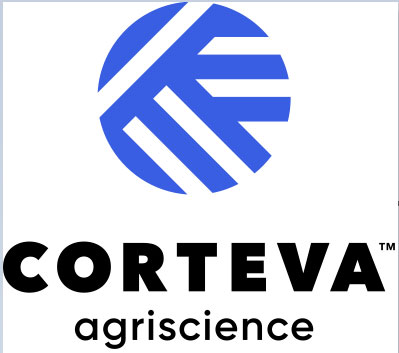Here is this week’s ‘Fungicide Resistance Management Minute’ brought to you by Corteva. We’re hearing from Daniel Abruzzini about why growers should apply fungicides preventively prior to disease development, and select varieties with resistance to common diseases.
Q: Then let’s talk about preventive care. Why should growers apply fungicides preventively, prior to disease development?
A: There are a lot of products on the market today that claim some reach back control, but always be preventative. Get out into the field and scout. Being aware of conditions and diseases that might be coming up if there’s a rain event and getting that protection on early allows those fungicides to works so much better. It allows them to be more preventative or prevent things from getting going. It really is the best way to apply fungicides. Being on a preventative plan is the best bet for success during the season. If you’re trying to play catch up the whole year, I think you’re going to have a big headache. So, it’s just always a lot better to be on the preventive side.
Q: So is that even more important with the varieties that have resistance issues?
A: Absolutely. And in areas that have resistance, it can be a major issue. The FRAC groups that maybe potentially have resistance and combat them with maybe an alternate FRAC group or do proper rotation. Try to fight that resistance and try to not strengthen the problem or create more resistance. So just FRAC group rotation and being preventative, I think can be your best bet in a five year distance.
Q: So again, we’re hearing about FRAC group rotation to help prevent resistance. That must be a key component to the plan.
A: Yeah, absolutely. I think throughout the season you need to be consistently looking at your FRAC groups and being aware of what you’re applying. They all have their strengths and they should be all applied at certain times. So, I think, that’s one of the most important things that you can look at is FRAC group rotation for a good season long disease program.
Q: So, what are some of the things that Cortana offers that would be a good in this type of a plan for preventive care?
A: Right now we have three main fungicides, actually we have four. So, if you’re looking at primarily tree nuts, we’re going to have Indar, which is a FLC group three. We have Fontelis which is a seven, and we have Aproach that’s out for a group 11. And then we also have Rally in wine grapes. That’s another group three as well. We’re excited that down the road we’re also we’re expecting another fungicide to come out in potentially 2026 and that will actually be a new FRAC group. So, it’ll be really nice to rotate with these existing FRAC group products as well.
Q: And for growers who would like more information, where can? They find that.
A: Corteva.US/fungicideresistance. You can go there to find more information on any of the products that we talked about today.
Thank you for all the information. That was Daniel Abruzzini with this week’s ‘Fungicide Resistance Management Minute’ brought to you by Corteva.
View more of the Fungicide Resistance Management Minute
- Importance of Fungicides
- Preventing Blight
- How to Implement Integrated Disease Management Strategies
- Importance of Label Rates
- Preventive Use
- What to Watch for This Season
- The Impact of Fungicide Resistance
- The Importance of Talking with Neighbors
- Causes of Fungicide Resistance
- What to Consider When Selecting a Fungicide
- A Program Approach to Fungicide Resistance Management
- How Protecting the Crop from Fungi Affects its Overall Health

Sabrina Halvorson
National Correspondent / AgNet Media, Inc.
Sabrina Halvorson is an award-winning journalist, broadcaster, and public speaker who specializes in agriculture. She primarily reports on legislative issues and hosts The AgNet News Hour. She was recently named the 2024 Farm Broadcaster of the Year by the National Association of Farm Broadcasting and serves as a Council Member on the World Agriculture Forum. Sabrina is a native of California’s agriculture-rich Central Valley and now divides her time between California and North Dakota.












